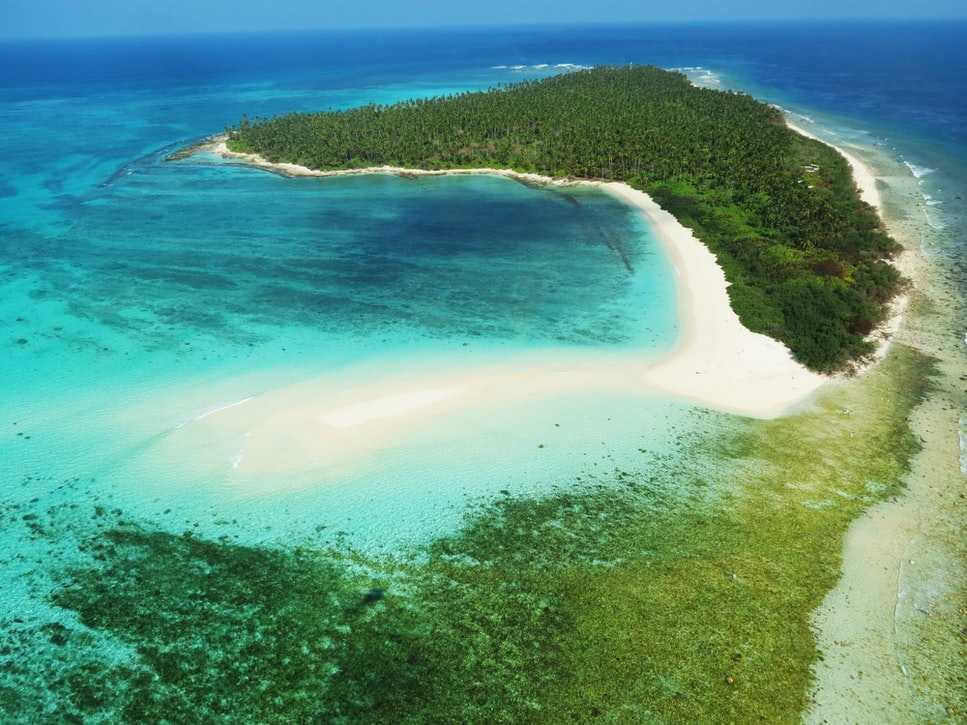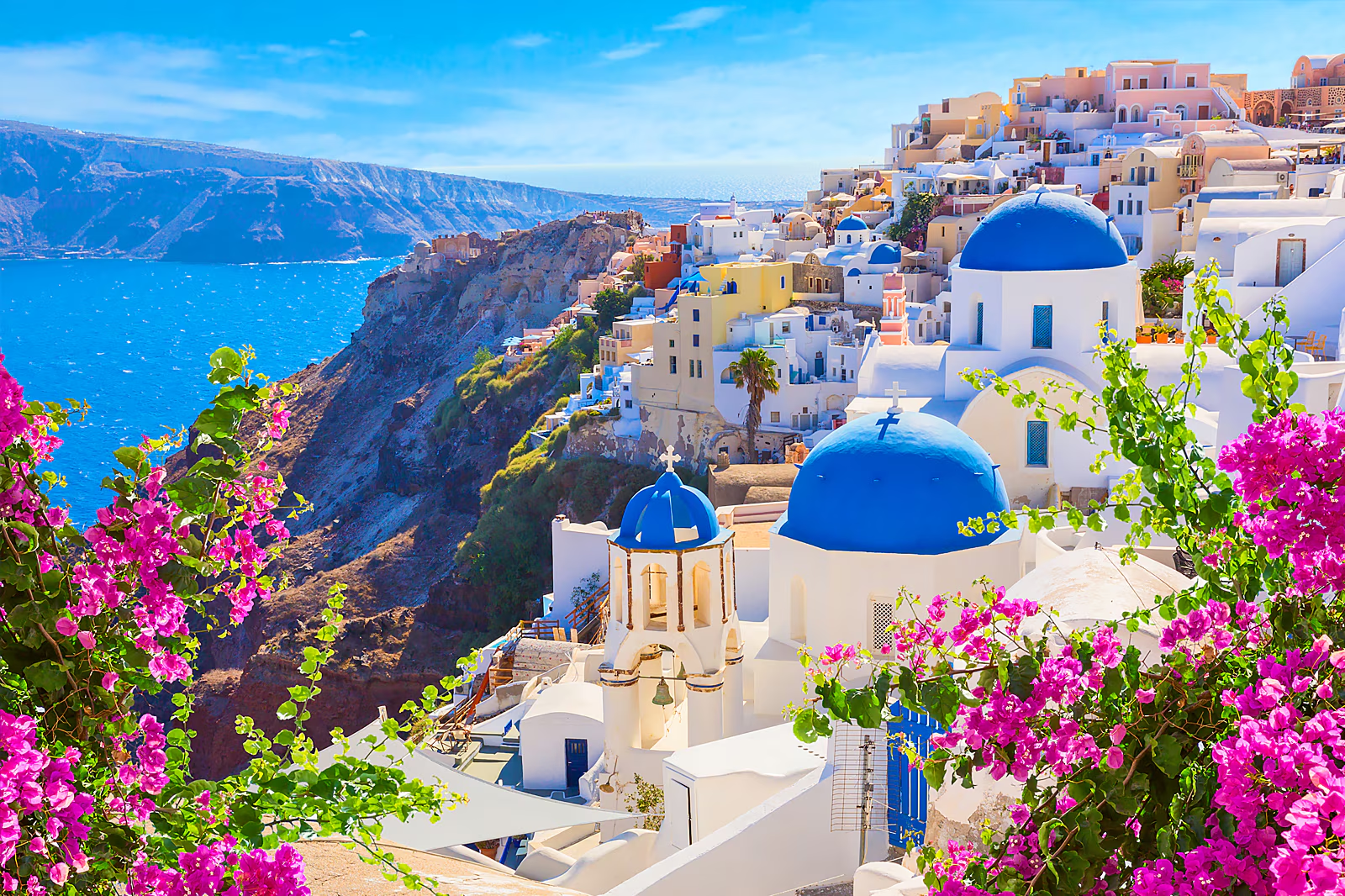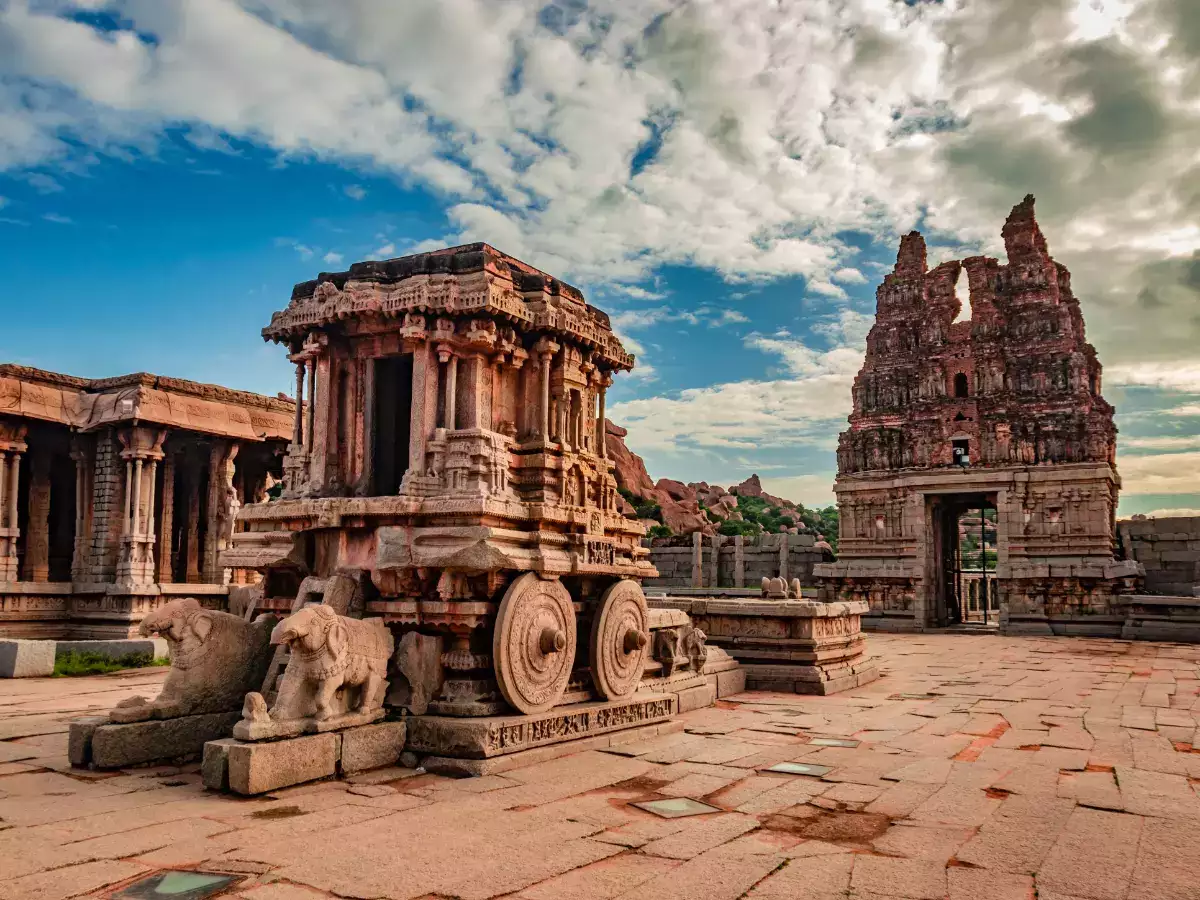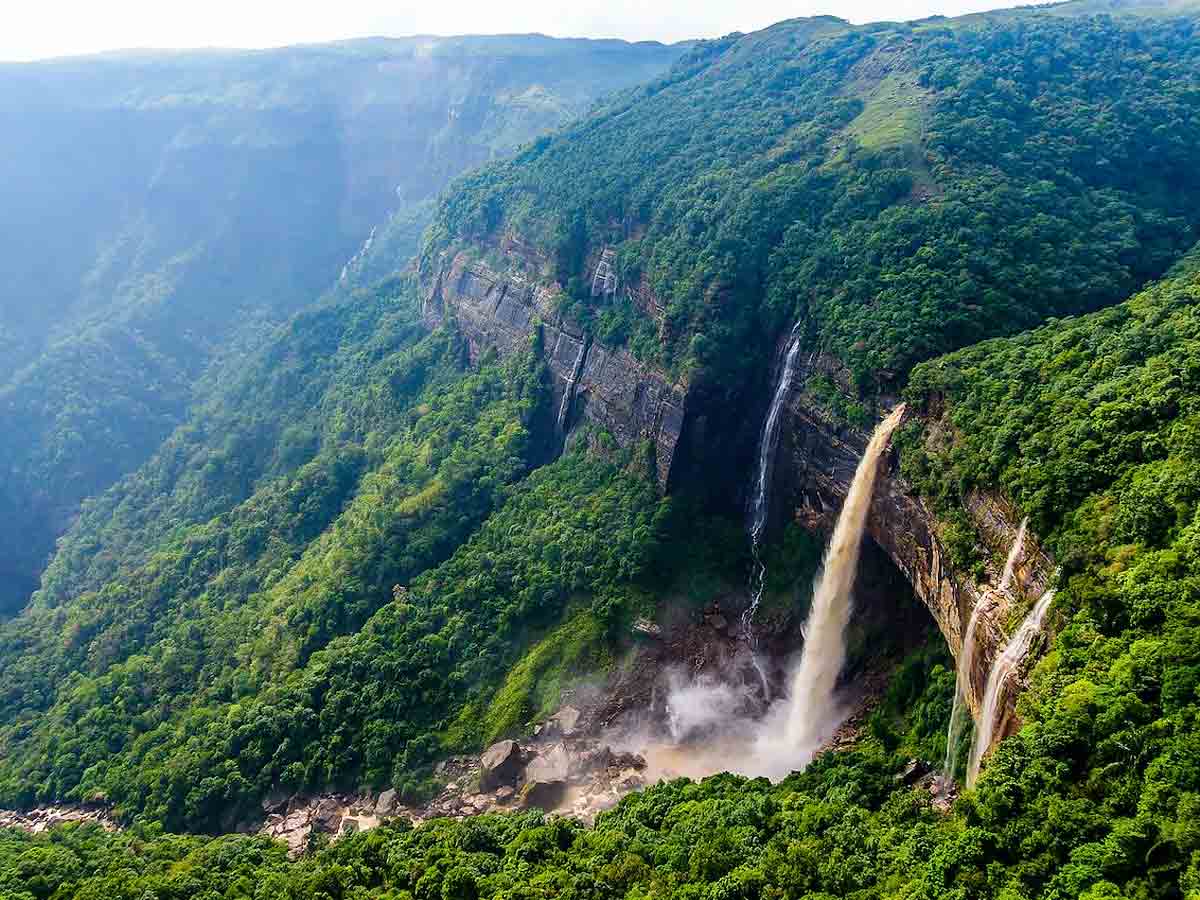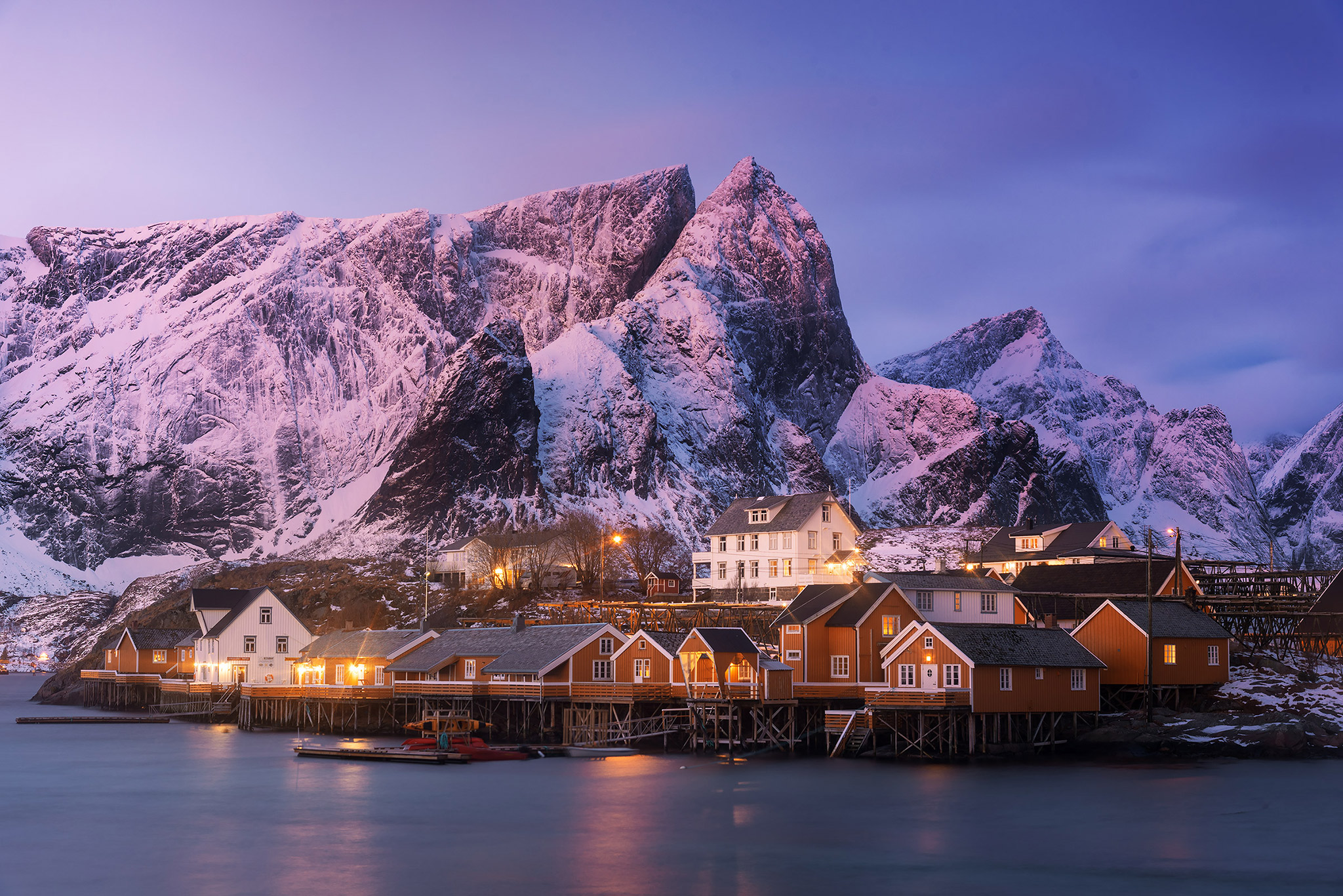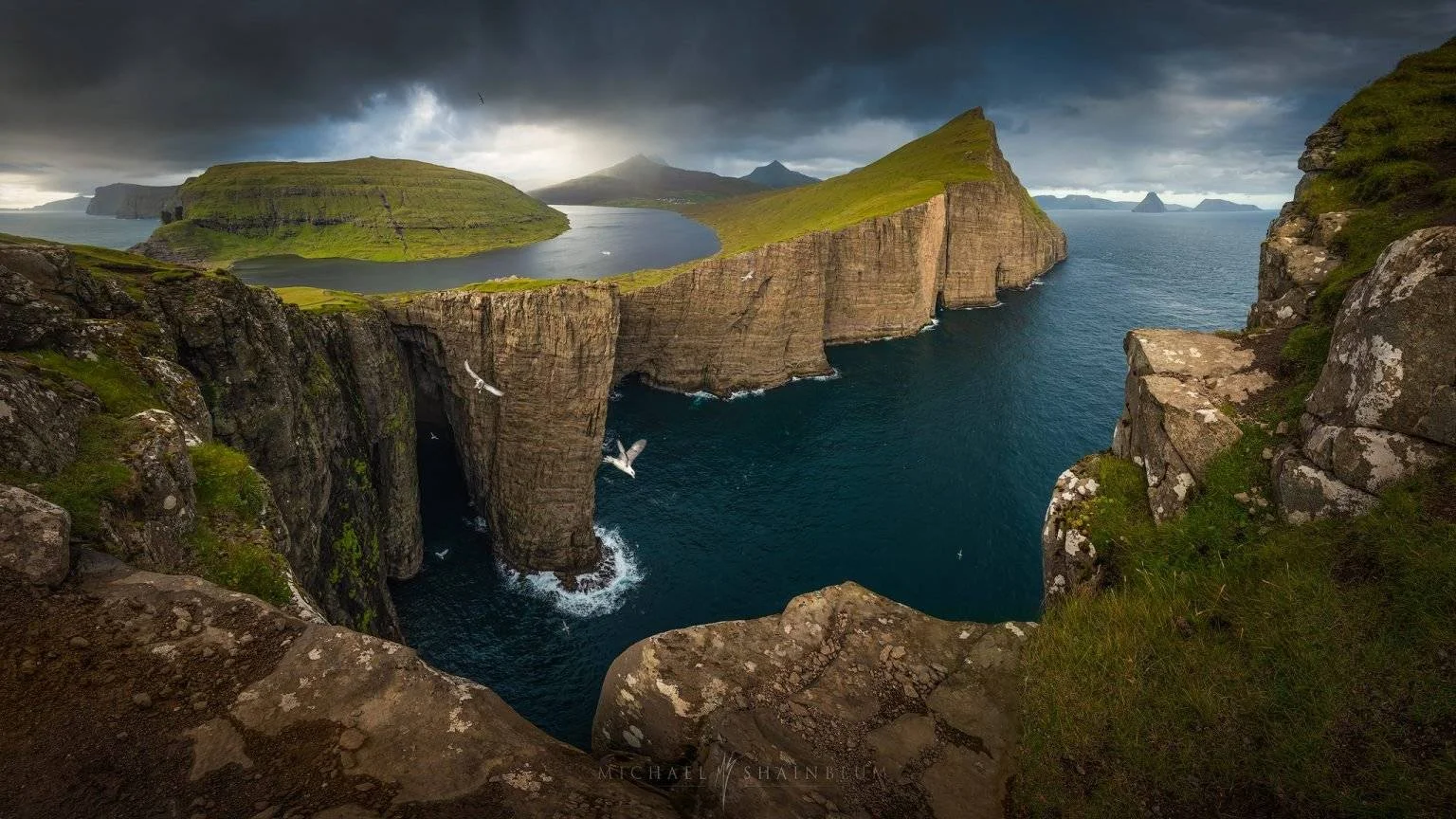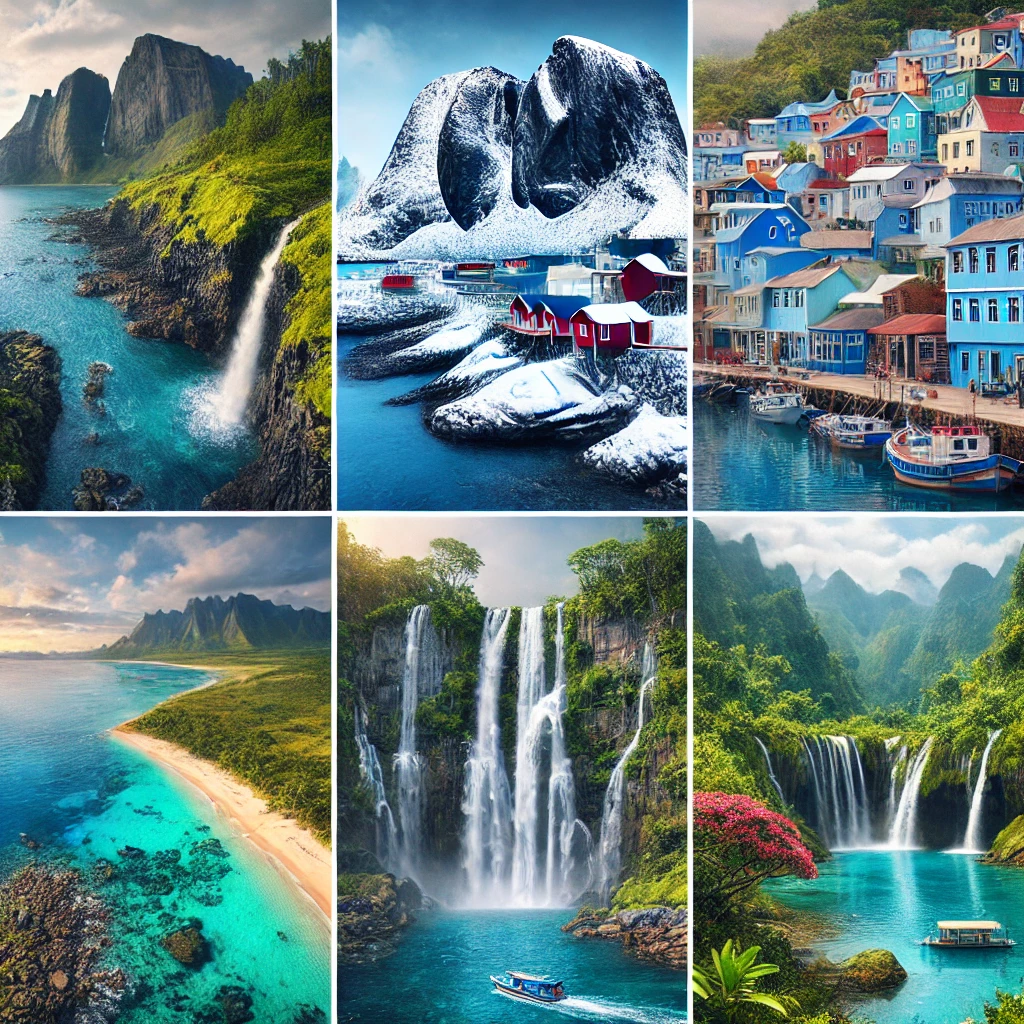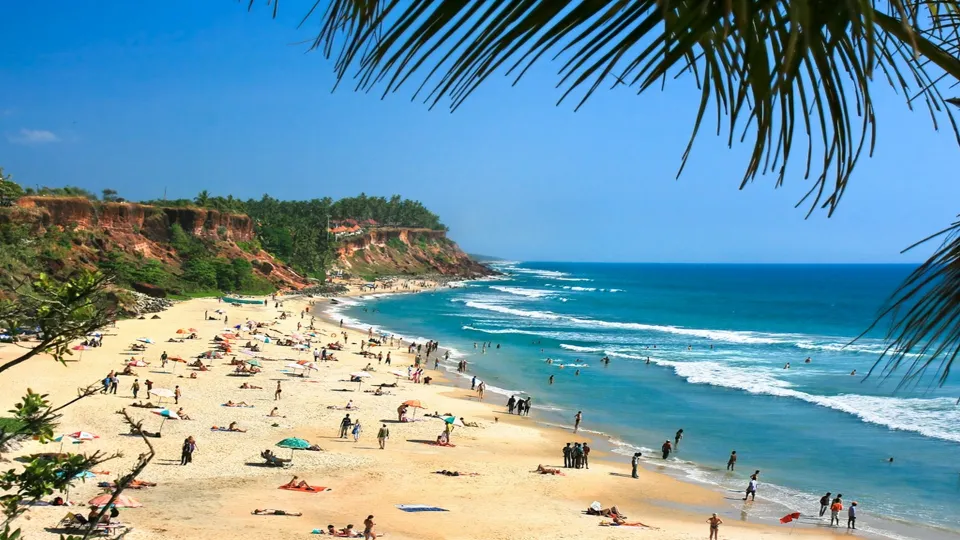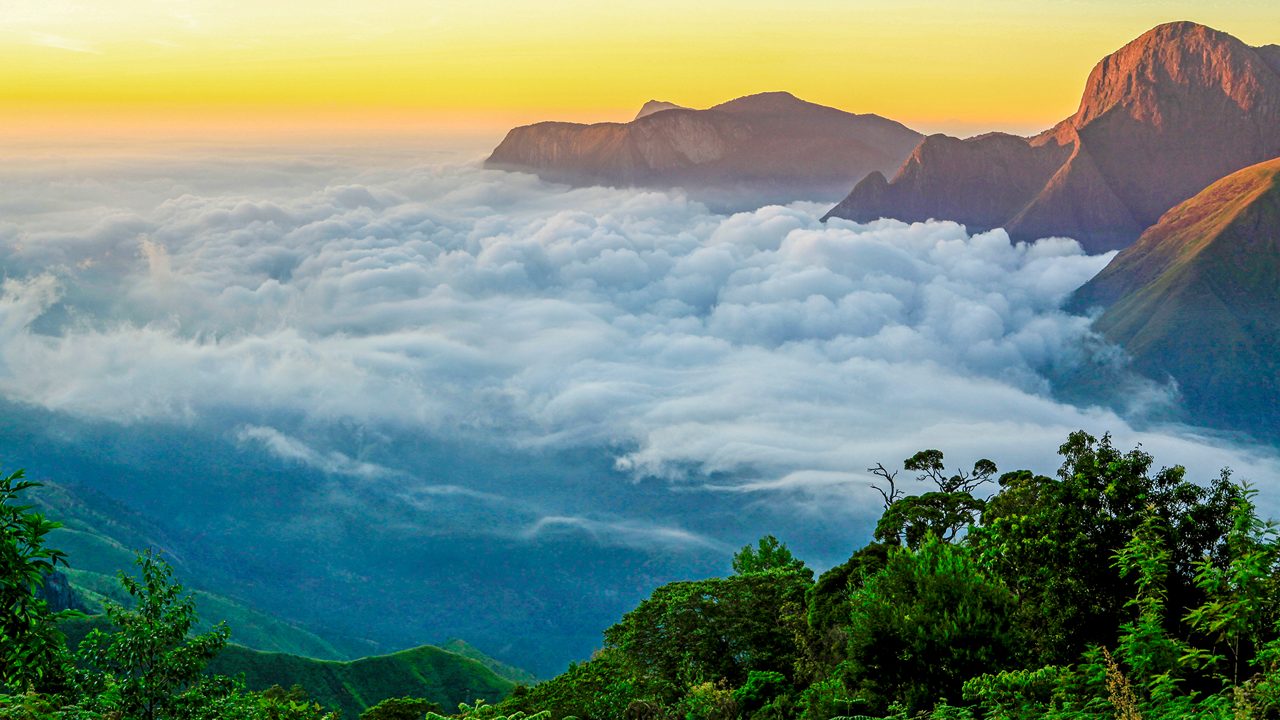As I grow older, I find myself cherishing more moments of spiritual reflection and family connection. This year, I decided to take a meaningful pilgrimage to Shravanabelagola, a sacred Jain site in Karnataka, accompanied by my beloved parents. At nearly 60, I often find myself drawn to the rich history and teachings of Jainism, and Shravanabelagola, with its serene atmosphere and deep spiritual significance, offered the perfect setting for this special family journey.
Arriving at Shravanabelagola: A Tranquil Welcome
We arrived in Shravanabelagola after a pleasant drive from Bangalore. The moment we entered this quiet town, I could feel a sense of peace enveloping us. The town is home to the towering Gommateshwara Statue of Lord Bahubali, which stands as one of the largest monolithic statues in the world. As a follower of Jainism, I have long admired the teachings of Lord Bahubali, and it was deeply fulfilling to finally set foot at this sacred place.
The air was fresh and crisp, and the town’s gentle rhythm made it feel like a step back in time. I could sense the weight of history here, the spiritual energy that has filled the place for centuries. My parents, though elderly, were just as excited as I was, even though they knew that they wouldn’t be able to climb the steep hill to see the statue up close. Instead, we took a moment to enjoy the views and the serenity of the area around the hill.
The Climb to Gommateshwara: A Personal Spiritual Experience
The Gommateshwara Statue is located atop a hill, and while my parents chose to rest at the base, I decided to make the pilgrimage to the top alone. The hill has about 600 steps, and while I knew the climb would be physically demanding, it felt like a spiritual journey that I had to undertake by myself.
With each step, I reflected on the teachings of Jainism—the values of Ahimsa (non-violence), Satya (truth), and Aparigraha (non-attachment). The climb was not just physical; it was a reminder that life itself is a series of steps—sometimes challenging, but ultimately leading us toward inner peace and spiritual fulfillment.
As I ascended, I passed fellow pilgrims, some taking their time, others making the climb more quickly. The sense of shared devotion was palpable, and I couldn’t help but feel a profound sense of gratitude for being in such a sacred place. The view from the top, with the vast expanse of Shravanabelagola town and the surrounding hills, was nothing short of breathtaking. The Gommateshwara Statue stood tall and serene, embodying the strength and tranquility of Lord Bahubali. I stood there for a while, offering my prayers and reflecting on my spiritual journey.
A Moment of Peace: My Parents at the Base
After I completed my climb, I descended to rejoin my parents, who had spent their time resting and enjoying the quiet surroundings at the base of the hill. Though they couldn’t make the climb, I could see the contentment on their faces, as if they were also part of this sacred moment. We shared stories, laughed, and reminisced about our own spiritual practices and journeys. It was a reminder that age, while it may limit physical abilities, does not diminish the spiritual connection we feel when we are in the presence of something truly sacred.
Exploring the Jain Temples: A Rich History
After visiting the Gommateshwara Statue, we spent time exploring the ancient Jain temples in the area. Shravanabelagola is known for its rich Jain heritage, and each temple here tells a story of devotion, art, and history. We visited the Chandragiri Hill, which is just a short distance away from the main hill. It is home to several temples and inscriptions dedicated to Jain Tirthankaras.
We marveled at the intricacy of the stone carvings, which depicted various tales from Jain scriptures. These temples are beautifully preserved, and it was easy to imagine the devotion that went into their construction. The peaceful ambiance of these places allowed us to spend time in quiet contemplation, reflecting on the teachings of Jainism.
The Shravanabelagola Museum: A Walk Through History
We also visited the Shravanabelagola Museum, located near the base of the hill. The museum showcases a collection of ancient Jain artifacts, sculptures, and manuscripts. I was particularly moved by the detailed inscriptions and the historical artifacts that chronicled the Jain community’s deep roots in the region.
As we explored the museum, I shared with my parents the significance of some of the displays. We spent time reading the inscriptions and admiring the craftsmanship of the stone sculptures. For me, the museum was a reminder of how rich and enduring our Jain heritage is, and how important it is to preserve these teachings for future generations.
A Quiet Meal: Nourishment for the Soul
After a spiritually enriching day, we sought out a local restaurant to enjoy a simple yet nourishing meal. We had a traditional Jain meal, which was prepared with great care and reverence for the principles of Jain cuisine, which avoids root vegetables. The meal was simple—rice, dal, chapati, and fresh vegetables—but it was deeply satisfying. My parents enjoyed the food, and we talked about how our meal, like our journey, was an offering to life’s spiritual fulfillment.
Nearby Attractions: A Visit to Belur and Halebidu
Since we were in a region rich with history and culture, we decided to take a short trip to the nearby towns of Belur and Halebidu, known for their magnificent Hoysala architecture.
- Belur: The Chennakesava Temple in Belur is a stunning example of Hoysala architecture. We admired the intricate carvings and sculptures that adorned the temple. I found a quiet corner to reflect and appreciate the devotion that went into building such a beautiful place of worship.
- Halebidu: We also visited the Hoysaleswara Temple in Halebidu, which was equally impressive with its detailed sculptures. My parents were delighted by the peaceful ambiance, and I found myself again reflecting on the connection between these ancient temples and the timeless wisdom of Jainism.
A Heartfelt Goodbye to Shravanabelagola
As we wrapped up our visit to Shravanabelagola, I felt an overwhelming sense of peace and fulfillment. The experience was deeply personal, and the time spent with my parents added a layer of richness to the pilgrimage. Though they couldn’t climb the hill, they were very much part of the experience, sharing in the spiritual atmosphere and joy of the visit.
I left Shravanabelagola with a renewed sense of gratitude for the teachings of Jainism and for the time spent with my parents. This trip was a reminder of the importance of spiritual reflection, of the beauty of our heritage, and of the connections that bind us, both in faith and in family.
Shravanabelagola will always hold a special place in my heart, and I look forward to returning one day, bringing with me the memories of this sacred journey.

